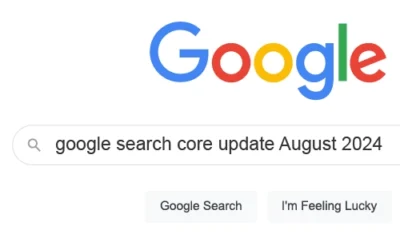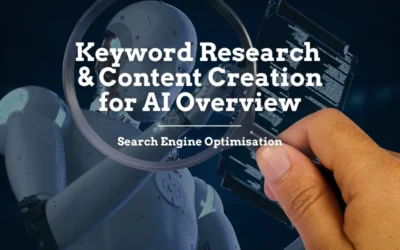HOW TO SERIES
How to design your website quick & easy with WordPress
STEP 4 – Website Care and Maintenance
How to take care of and maintain your website
Why do you need to keep your website updated?
Many people would think once we’ve published a website, then that’s it, job’s done. Well, not really. There are several reasons that websites, regardless of how they were created (e.g. created from scratch, Content Management Systems such as WordPress, Magento, etc.).
Here are a few main reasons that you’ll need to update your sites:
Security
Websites that are not regularly updated and maintained are more vulnerable to hacking and other security threats.
Performance and SEO Ranking
Updating your website and its plugins can help improve its performance and speed.
Compatibility
New versions of WordPress and plugins are released to ensure compatibility with new technologies and to fix bugs. This doesn’t only apply to WordPress, themes and plugins, but also browser compatibility as well. For the same reason as your sites, all popular browsers are updated regularly in order to for different reasons like security, user experience, feature enhancements, etc.
User Experience
Keeping your website up to date can help improve the user experience by fixing any issues and adding new features.
Overall, it is important to regularly maintain and update your website to ensure that it is secure, performs well, and provides a good experience for users.
Here is a step-by-step process for maintaining a WordPress website and its plugins:
Back up your website
Before making any changes to your website, it is important to create a backup in case something goes wrong even for the smallest changes, we would highly recommend that you do that. Most hosting companies offer backup functionalities within their servers, but in case they don’t, to backup a WordPress website, there are a few plugins that enables you to do so, such as UpdraftPlus or BackupBuddy. Alternatively, if you do have some technical knowledge, then you may also choose to do so manually by backing up all the WordPress site files and the relevant database.
Update WordPress and plugins
After the backup has completed, update WordPress and its plugins by going to the WordPress “Dashboard” and click on the “Updates” menu. In there, you should see a list of available updates including WordPress version, Themes, Plugins. We recommend that you perform the updates in the following sequence, 1. WordPress version, Themes, Plugins. The logical reason behind this is that the smaller applications are often created or enhanced based on the latest version of the platform they’re working with, hence, compatibility. Therefore, it’s always better to go from “big” to “small” when it comes to updates considering compatibility issues that might arise. Now, click on the “Update Now” button to install the updates.
Optimize website performance
You can improve your website’s speed and performance by using caching plugins such as W3 Total Cache or WP Fastest Cache. To further optimizing your site, you may want to optimize your images using a plugin like Smush to reduce image size, hence, loading time of your pages.
Check for broken links
Broken links can negatively impact your website’s user experience and search engine rankings. Use a plugin like Broken Link Checker to identify and fix any broken links on your website.
Monitor uptime and performance
Use a tool like Uptime Robot or Pingdom to monitor your website’s uptime and performance. This will help you identify any issues and fix them before they become a problem.
Use a staging environment
A staging environment is a separate, offline version of your website that you can use to test changes before pushing them to your live site. This can help prevent any accidental disruptions to your live website.
Consider hiring a professional
If you are not comfortable maintaining and updating your website yourself, you may want to consider hiring a professional to help. They can handle all of the maintenance and updates for you and ensure that your website is always up to date and running smoothly.
That’s it, your DIY WordPress website is completed!
The site is now completed, and live. This series was designed to help those who are looking at creating their own website with a small budget and wanted a quick start. It’s always better to engage a professional to assist you to create more sophisticated sites that helps you create a better online presence.
Do you need some help creating a unique website? Why not connect with us here and see how we can help!
Other Helpful Articles…
SEO Audit: The Foundation of a Strong Digital Strategy | Comprehensive SEO Guide
SEO Audit: The Foundation of a Strong Digital...
Google Search Core Update August 2024
Google Core Update | August 2024 Google's...
AI Overview Keyword Research and Content Creation Strategy
Keyword Research and Content Creation Strategy...
Web Hosting Companies We Recommend for 2024
For Growing Businesses Looking for a company to support them
Great Server Performance + Great Local Support







